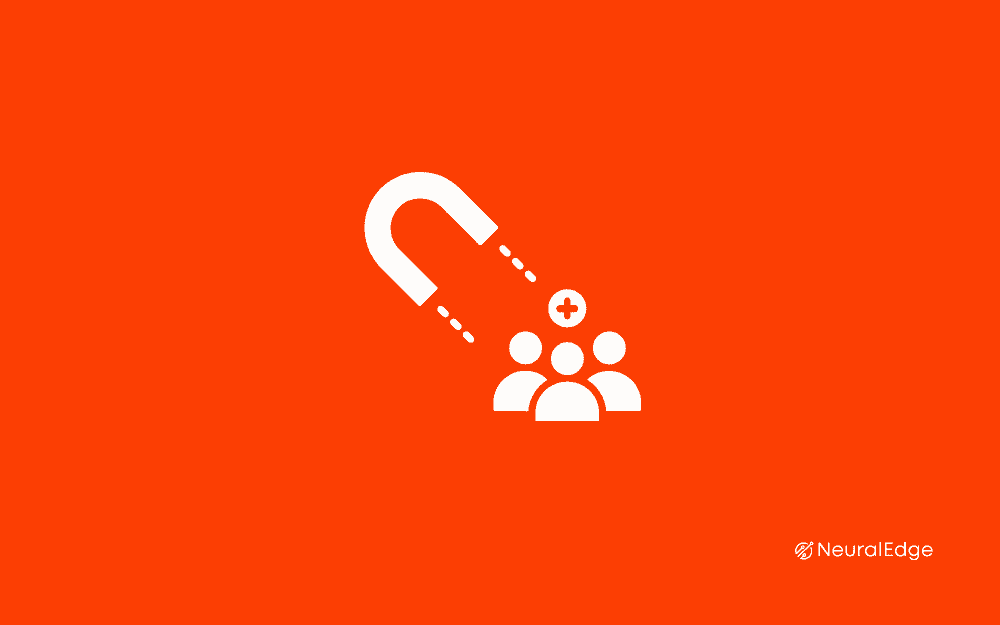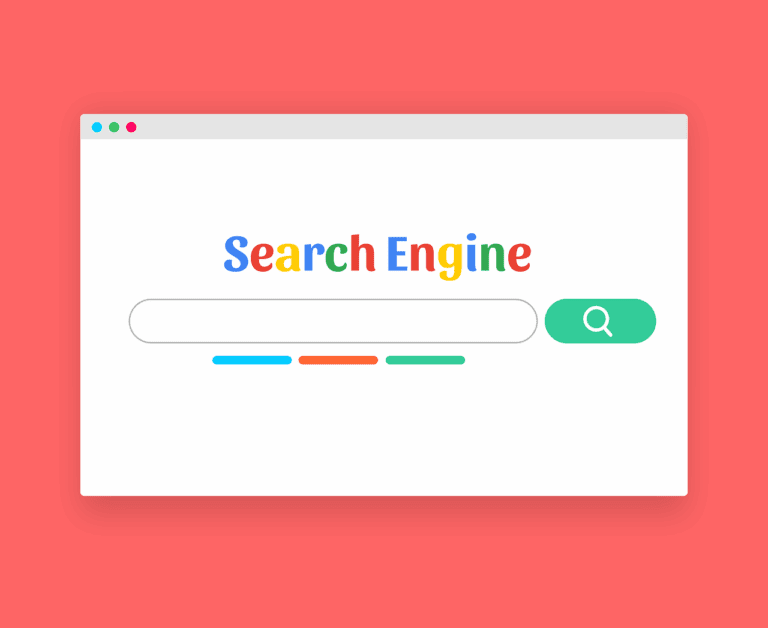If you’re not familiar with inbound marketing you could be excused for thinking it’s just more marketing jargon, another industry buzzword, the latest trend. Do I really need another marketing agency telling me I should be doing it and that it’s critical to business success?
Well, there isn’t one simple answer. It’s the classic ‘every business is different’ scenario. What I can tell you though, is that empowering yourself with the knowledge of what inbound marketing is will enable you to evaluate its suitability. This post covers the essentials from what inbound is to how it can be implemented in your business.
What is Inbound Marketing?
Let’s cut to the chase, no fluff. Inbound marketing is a collection of tactics marketers use to reach a targeted audience and attract them to your products or services. The aim is to reach shoppers while they are actively in the market for your company offering, focusing only on those most likely to become a customer.
The truth is that you’re probably doing some inbound marketing already. If you’re doing any of the following then you certainly are.
- Optimizing your website for search engines (SEO)
- Posting on social media
- Writing blog posts
- Emailing an opted-in list
Most businesses I speak to are doing some or all of these activities. Most are relatively happy too. They’re happy because they feel like they’re doing something, not necessarily because of the results they’re achieving. (Most aren’t measuring the results and therefore are unsure what’s working and what isn’t – see ‘How Do We Measure Inbound Marketing Success’.)
Anyway, in a nutshell, inbound marketing is the process of using carefully chosen tactics to attract customers to your products or services, rather than being disruptive and reaching out to them.

Inbound Marketing vs Outbound Marketing
With a better understanding of what inbound marketing is, this leads us nicely on to a common question. What’s the difference between inbound marketing and outbound marketing?
The answer is a simple one. Where inbound is about building trust and attracting customers to your business, outbound is concerned with you going to them. It’s resource and energy-intensive. In B2B it’s very common to see outbound marketing tactics in action such as:
- Trade shows
- Buying in data
- Telemarketing
- Direct mail
Some might describe outbound marketing as intrusive or disruptive marketing. It’s a numbers game where you’re relying on a very small percentage of the audience being interested in what you have to say. You’re telling them whether they want to hear it or not. Just 18% of marketers say outbound marketing provides high quality leads for sales.
Inbound is different because it aims to target only the people most likely to be interested in your products or services. Additionally, you’re trying to connect with this audience at a time when they are actively researching your product or service and through the channel, they are using.
Another key difference is the cost and the ROI. Companies with the biggest budgets tend to win outbound. Think an advert in the local paper vs an advert in a national newspaper.
A great inbound strategy on the other hand will enable you to compete with your biggest competitors for a fraction of the cost. This could be achieved using SEO, blogging and social media for example.

Does Inbound Marketing Really Deliver Results?
The short answer is yes. This is partly because B2B and B2C buying behaviour has been transformed by the internet. Consumers are using search engines, blogs and social media to research brands and products. They’re doing it on their own time. They don’t want your unsolicited emails popping into their already bulging inboxes.
For inbound marketing to deliver results you have to be in it to win it and understand how it fits with your overall marketing plan. Consumers are crying out for you to meet their needs. For example, you might write a blog post providing a comprehensive and authoritative answer to ‘why should I buy home insurance?’. When a prospect reads it you’re instantly building trust making them more likely to convert into a customer.
On the other hand, if you place an advertisement for your insurance business in a newspaper then you’re relying on someone, somewhere needing your specific services at a very specific point in time (the week that you decided to take out some print advertising).
Another tick in the inbound marketing pro’s column is that it’s highly cost-effective. Inbound leads on average cost 61% less compared to outbound leads. Why? Because your efforts are only focused on the people who are most likely to do business with you. They are effectively pre-qualified.
Using the aforementioned blog post as an example let’s say it took a professional 2 hours to create the post at a cost of £150. If that post gets in the top 3 results of Google and is shared multiple times on social media the potential for lead generation is huge. You could be generating hundreds of qualified leads year after year from one single post that cost £150. Powerful stuff.
Does inbound marketing really deliver results? Take a look at the stats for yourself.

Will Inbound Marketing Work for My Business?
So this whole inbound marketing is starting to sound quite attractive, but will it work for my business?
From my experience, inbound marketing can be used within the marketing strategies of 99% of businesses. The degree to which will vary of course. For some products and services, personal selling is an essential part of the sales process. However, that doesn’t mean there isn’t an opportunity to include some inbound.
Inbound marketing can take many forms and almost always sits alongside some outbound activity. If a product is highly technical and expensive, it probably has a long sales cycle. In this instance, creating blog posts and nurturing potential customers with automated email marketing is a perfect way to keep your businesses front of mind until a customer is ready to purchase.
Alternatively, some manufacturers, brands and retailers may use blog posts to attract organic traffic from Google by writing posts that answer common questions their customers have. In doing so they will build a relationship with prospects that keeps them engaged until they are ready to take the next step in their buyer journey.
The key to being successful with inbound marketing is understanding where it fits in your customers buying journey. Ad hoc and inconsistent inbound marketing activity won’t work. Well planned and thought out inbound marketing absolutely has the potential to work for your business.
There are thousands of agencies that can deliver the tactics, it’s the ones that understand how inbound marketing works for your business that are worth working with and that will deliver results.

How Do We Start Doing Inbound Marketing?
The starting point for successful inbound marketing is creating a plan. The channels and the tactics you use should all be based on what you know about your customers. And, if you don’t know you need to do some research to find out. Creating a customer persona will uncover new ways to reach your target audience and help to craft messages that will resonate with them.
With a persona in place, you can start doing keyword research, planning content and sharing updates on social media. Optimizing your website is important too. Ensuring you have forms to capture leads and well-written product descriptions for eCommerce businesses is a crucial step.
Once you’ve gained this insight you need to decide how much you’re willing to invest and what your capabilities are. Do you have someone in-house already or do you need to hire? Maybe a marketing agency is a right way to go. There are pros and cons to choosing a marketing agency vs hiring an employee.
If inbound is totally new to your business you may also need to consider new systems too. CRM, email marketing software and social post scheduling apps might all be required.
Consulting with a marketing agency that has experience in delivering inbound marketing can be really useful, even if you plan to do most of the activities in-house.

How Do We Measure Inbound Marketing Success?
Whether you’re doing inbound marketing in-house or using a specialist inbound marketing agency it goes without saying that measurement and ROI are critical. You have to know what’s working and where your precious budget is used most effectively.
In the first instance, you must define what you are trying to achieve. Is it increased sales, more leads or an enhanced brand presence? The objectives that you set will define the metrics that you measure. Again, many agencies can drive thousands of visitors to your website which may look and feel good, but if visitors aren’t converting into customers it’s a waste of time and money.
The best way to keep track of your inbound marketing activity is to create a simple dashboard. Once you have chosen your metrics (sales, leads, traffic, conversion rate, share of voice, reach etc) you can track them accordingly. This should be tracked all the way through to revenue so you can effectively calculate your inbound marketing ROI.
The great thing about digital marketing, and specifically inbound digital marketing, is that it can all be measured and tracked. There’s nowhere to hide. Every click and every penny can be accounted for meaning it’s very easy to measure inbound marketing success and evaluate if it’s working for your business.

Conclusion
The first step in evaluating whether inbound marketing is right for your business is to understand the fundamental principles. It’s easy to dismiss it as a trend or a buzzword but if you’re not seriously considering it you could be missing out on sales.
B2B and B2C buying habits have changed thanks to the internet and customers are actively seeking solutions to their problems online. Using inbound marketing to attract those customers to your website, blog and social media channels is a huge opportunity to build valuable, trustworthy relationships at the fraction of the cost of outbound marketing.
With inbound marketing being such a cost-effective and long term revenue-generating solution, can you afford not to invest in inbound marketing? Contact our team today to find out more.





